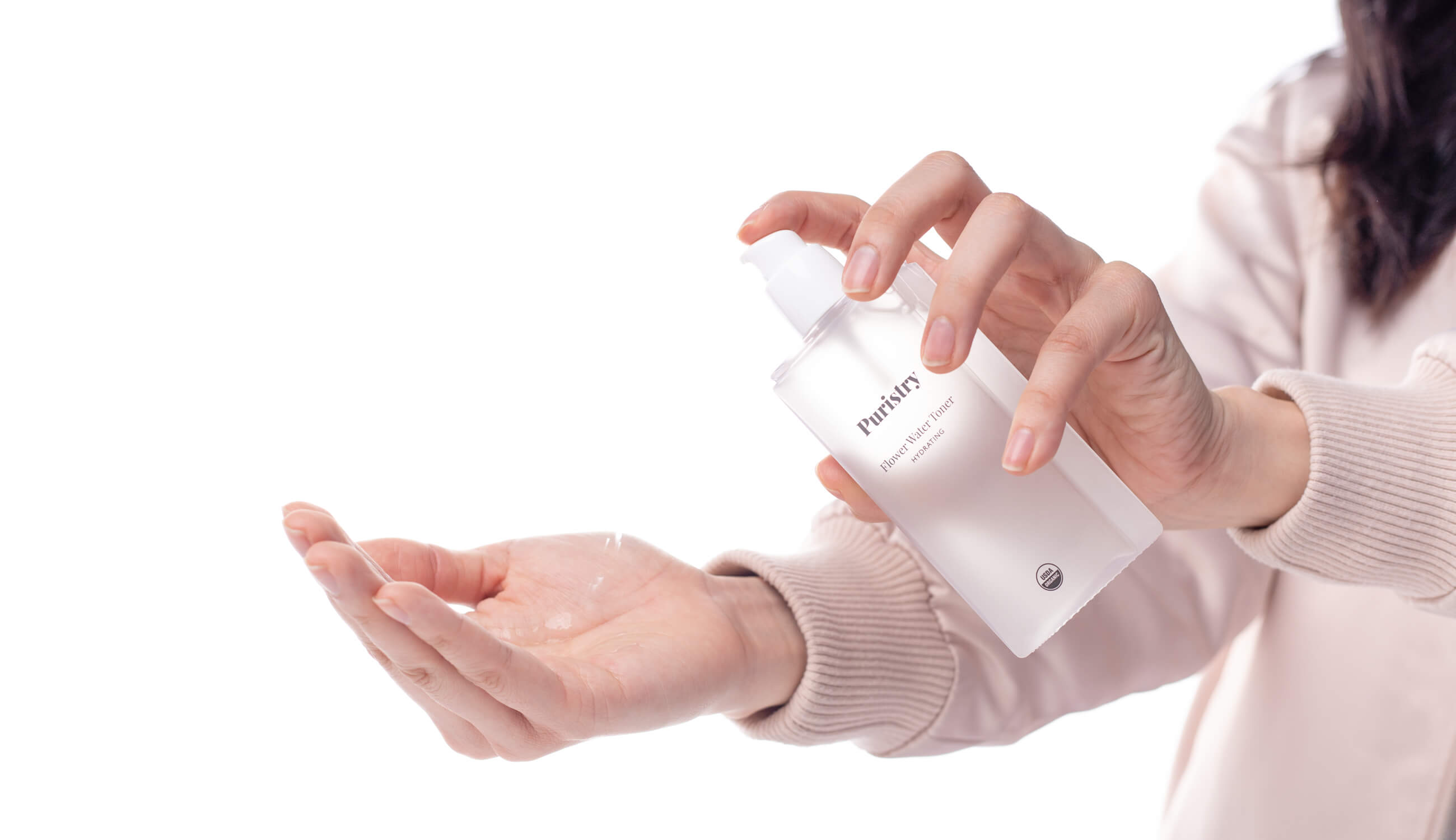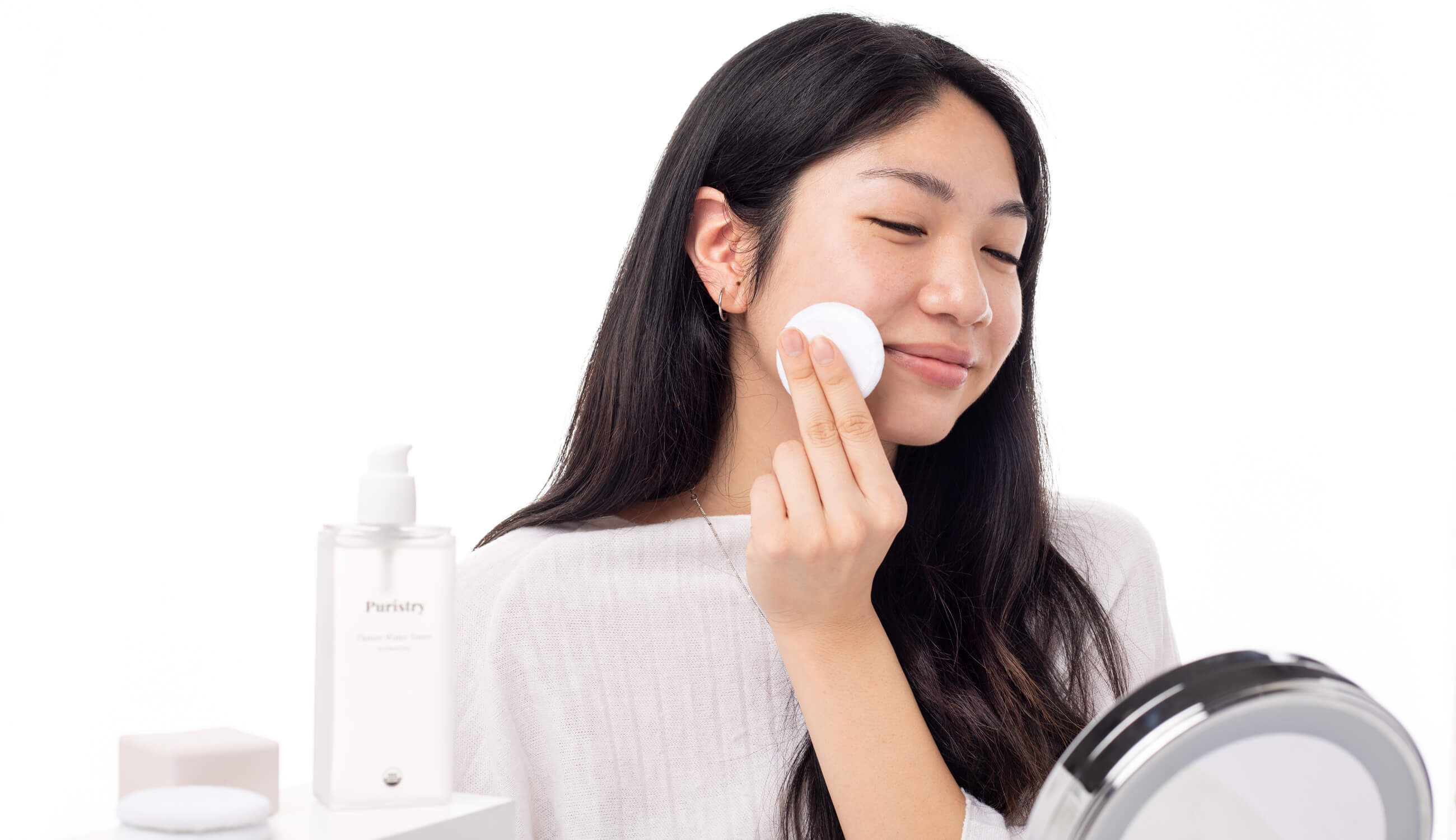Your Cart is Empty
Subscribe Items

Those ultra drying formulas of the past, which infamously stripped and dehydrated skin, are still threatening to give toners a bad rap. But toners of today have been reinvented, with a variety of ultra-nourishing formulas available for every skin type. What’s more, these products are more multi-functional than they used to be. In the past they were designed and marketed solely for oily or acne-prone skin types. Today, toners can amp up your beauty routine by hydrating, enhancing your cleanser, and balancing your skin. In a rush, or don’t see another extra step worth adding into your routine? Not to worry, we’ll make things easier for you with tips for choosing a toner, and how to best apply one for glowing, softer skin that makes the extra step worth the effort.

Put simply, toner is the in-between stage which should fall between cleansing and the application of active serums. Their formulas are designed to balance your skin post-cleanse, and prep it for maximum absorption of any products you apply after. Toners can also help balance your skin tone for more seamless makeup application. For the full toner scoop, peep our Toners 101 Guide. The main takeaway is that a face toner can be incredibly beneficial for a wide range of skin issues, and will help you get more out of your skin care regimen.
If you’ve just started incorporating a facial toner into your daily routine, our Flower Water Toner is a must-have. It’s gentle enough for easily inflamed skin, acne, sensitive, or dry skin. In other words, it’s skin-loving no matter what your skin concerns are.
As its name implies, the Flower Water Toner formula base comprises of organic rose water. Rose is known for its powerful anti-inflammatory properties, which can help reduce redness associated with acne, eczema, and dermatitis. This base works synergistically with calendula hydrosol, which is a natural antibacterial that helps to intensely soothe skin with its anti-inflammatory properties.
Organic vegetable glycerin protects the skin and fortifies the lipid layer for soft and smooth skin that’s balanced — not too oily, not too dry. Glycerin works to draw water into pores, creating a plumper and glowier dermis for anyone suffering from age-related dullness, dryness, or acneic combination skin.

The standard toner application method is always post-cleanse. First, wet a cotton pad or cotton ball with your toner formula after cleansing your face thoroughly. Pat it over your entire face, neck, shoulders, and even back if you’re suffering from some breakouts there. The key is to pat, not wipe. This ensures that your skin is able to absorb hydrating ingredients like hyaluronic acid and aloe vera. You might see traces of makeup or dirt on the cotton pad — that’s a good sign! The purpose of toner is to remove excess impurities that your cleanser might have missed.
You can also wet your hands and apply toner gently with your fingertips. Think tapping or gentle pressing motions. However you choose to apply it, follow your toner with a serum, then any moisturizers or facial oils you use in your daily routine, to lock in hydration.

The takeaway on toners? These are multi-functional skin care tools, which should be treated as a supporting star in your daily and weekly skin rituals. Try a variety of smart and skin-loving strategies to reap the full benefits of this hydrating skin care hero!
Comments will be approved before showing up.